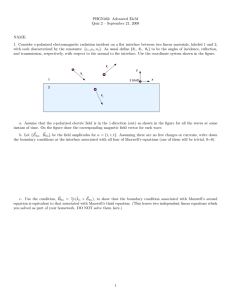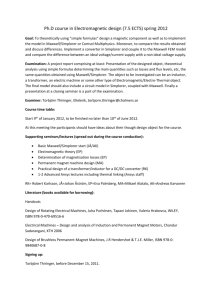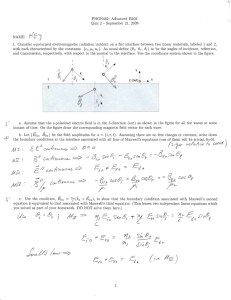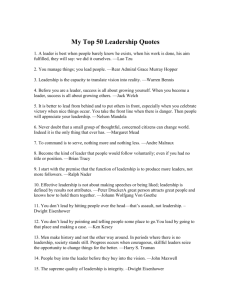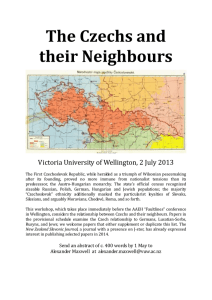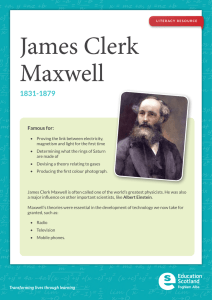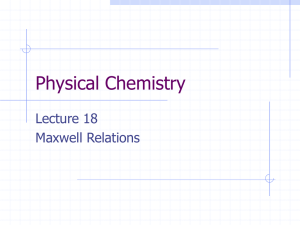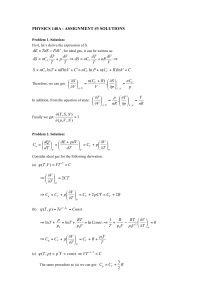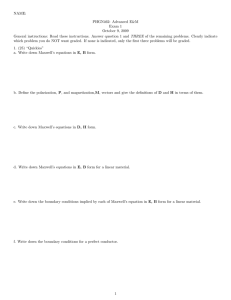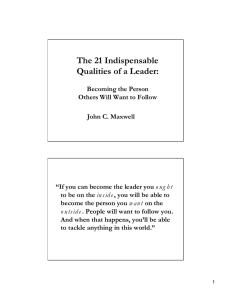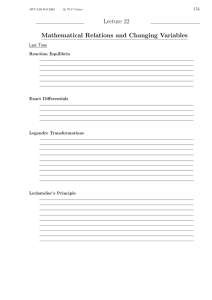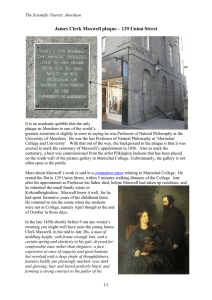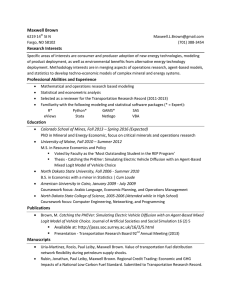( )
advertisement
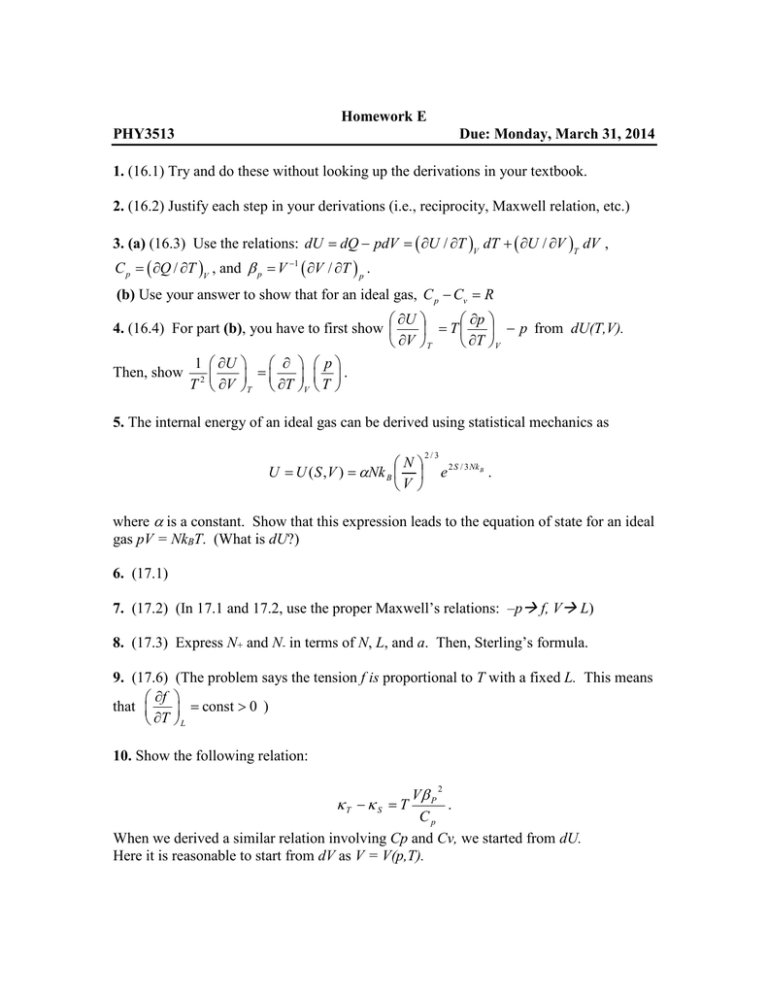
Homework E PHY3513 Due: Monday, March 31, 2014 1. (16.1) Try and do these without looking up the derivations in your textbook. 2. (16.2) Justify each step in your derivations (i.e., reciprocity, Maxwell relation, etc.) 3. (a) (16.3) Use the relations: dU = dQ − pdV = ( ∂U / ∂T )V dT + ( ∂U / ∂V )T dV , C p =∂ ( Q / ∂T )V , and β p = V −1 ( ∂V / ∂T ) p . (b) Use your answer to show that for an ideal gas, C p − Cv = R ∂p ∂U 4. (16.4) For part (b), you have to first show − p from dU(T,V). = T ∂T V ∂V T 1 ∂U ∂ p Then, show 2 = . T ∂V T ∂T V T 5. The internal energy of an ideal gas can be derived using statistical mechanics as N U = U ( S , V ) = αNk B V 2/3 e 2 S / 3 Nk B . where α is a constant. Show that this expression leads to the equation of state for an ideal gas pV = NkBT. (What is dU?) 6. (17.1) 7. (17.2) (In 17.1 and 17.2, use the proper Maxwell’s relations: –p f, V L) 8. (17.3) Express N+ and N- in terms of N, L, and a. Then, Sterling’s formula. 9. (17.6) (The problem says the tension f is proportional to T with a fixed L. This means ∂f that = const > 0 ) ∂T L 10. Show the following relation: Vβ κT − κ S = T P . Cp When we derived a similar relation involving Cp and Cv, we started from dU. Here it is reasonable to start from dV as V = V(p,T). 2



